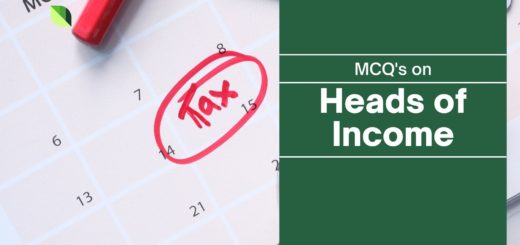Exploring the 8 Essential Features of Microeconomics | Economics Blogs
Table of Contents
Features of Microeconomics
Meaning of Micro Economics
Micro means a small part of a thing. Microeconomics thus deals with a small part of the national economy. It studies the economic actions and behavior of individual units such as an individual consumer, individual producer, or a firm, the price of a particular commodity or a factor, etc.
Definitions of Micro Economics
1)Maurice Dobb – “Microeconomics is in fact a microscopic study of the economy.”
2) Prof A. P. Lerner – “Microeconomics consists of looking at the economy through a microscope, as it were, to see how the millions of cells in the body of economy – the individuals or households as consumers and individuals or firms as producers play their part in the working of the whole economic organism.” The following chart gives an idea of the scope of microeconomics.
- Microeconomic Definition | Historical Review of Microeconomics
- Scope Or Nature of Microeconomics
- Features of Microeconomics
- Criticism of Law of Diminishing Marginal Utility
Features of Microeconomics
1) Study of Individual Units
Microeconomics is the study of the behaviour of small individual economic units, like an individual firm, individual prices, individual households etc.
2) Price Theory
Microeconomics deals with the determination of the prices of goods and services as well as factors of production. Hence, it is known as price theory.
3) Partial Equilibrium
Equilibrium is the balance between two factors. The microeconomic analysis deals with partial equilibrium which analyses the equilibrium position of an individual economic unit i.e. individual consumer, individual firm, individual industry etc. It isolates an individual unit from other forces and studies its equilibrium independently.
4) Based on Certain Assumptions
Microeconomics begins with the fundamental assumption, “Other things remaining constant” (Ceteris Paribus) such as perfect competition, laissez-faire policy, pure capitalism, full employment etc. These assumptions make the analysis simple.
5) Slicing Method
Microeconomics uses slicing method. It splits or divides the whole economy into small individual units and then studies each unit separately in detail. For example, the study of individual income out of national income, the study of individual demand out of aggregate demand etc.
6) Use of Marginalism Principle
The concept of Marginalism is the key tool of microeconomic analysis. The term ‘marginal’ means change brought in total by an additional unit. Marginal analysis helps to study a variable through the changes.
Producers and consumers make economic decisions using this principle.
7) Analysis of Market Structure
Microeconomics analyses different market structures such as Perfect Competition, Monopoly, Monopolistic Competition, Oligopoly etc.
8) Limited Scope
The scope of microeconomics is limited to only individual units. It doesn’t deal with nationwide economic problems such as inflation, deflation, the balance of payments, poverty, unemployment, population, economic growth etc.


